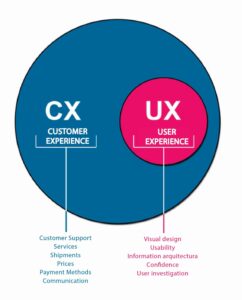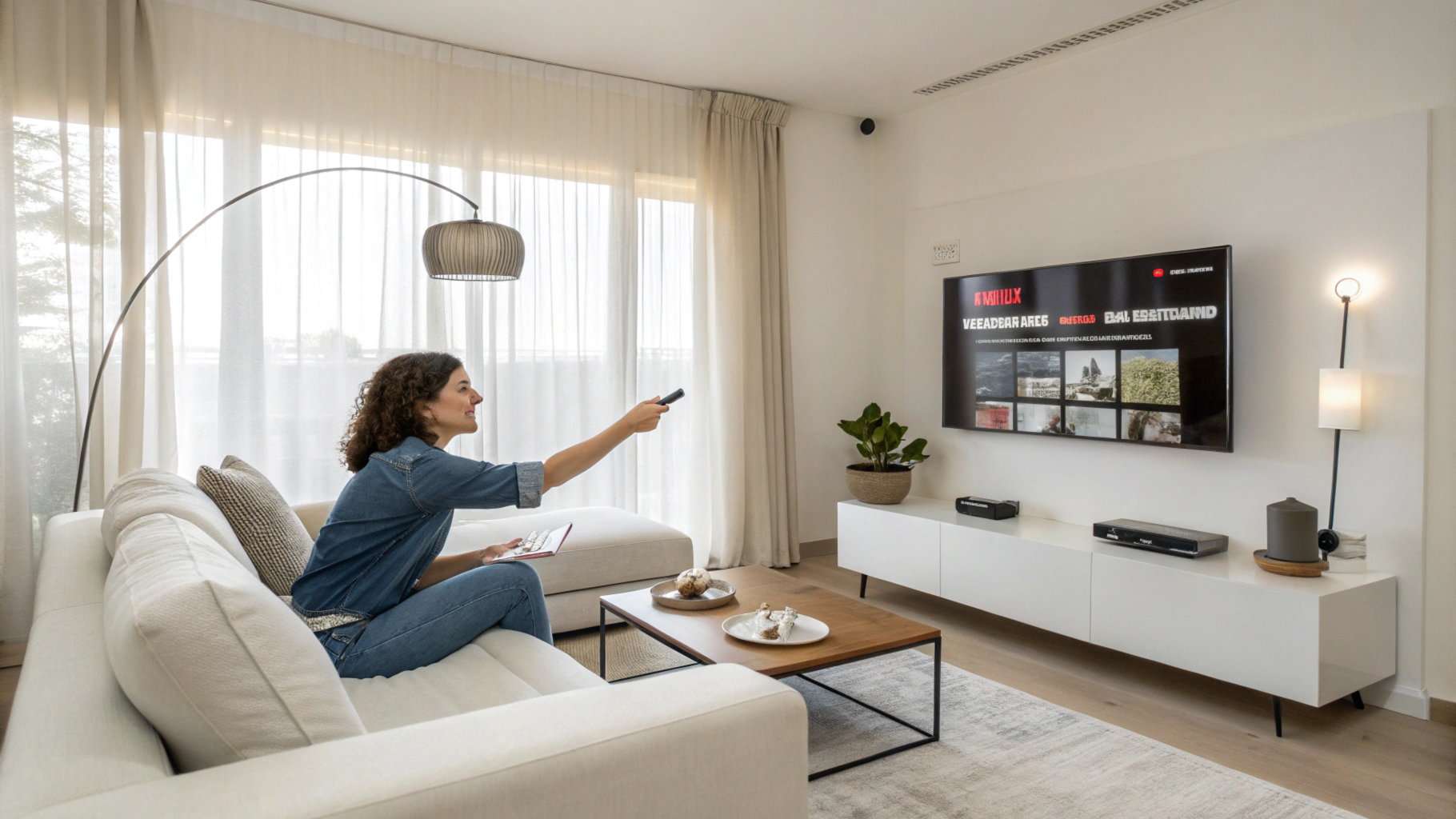UX vs. CX: Understanding the Difference and Its Importance
User Experience (UX) and Customer Experience (CX) are two concepts that are often confused. Although they are related, each one addresses different aspects of interaction with a product or brand. Both aim to meet user needs and identify areas for improvement to provide a more pleasant experience.
UX and CX professionals focus on analyzing, testing, and evaluating websites, software, applications, platforms, and eCommerce sites. Their goal is to optimize them and make them more effective for their purposes. To better understand the difference between UX and CX, let’s briefly define each concept.
What is UX?
User Experience refers to the experiences a user has when interacting with a product or service. This includes perceptions before, during, and after the interaction. Factors influencing UX include:
- Design
- Intuitiveness
- Information Architecture (IA)
- Usability
- Accessibility
The perception of these elements will shape the end-user experience, which can be positive or negative. UX can be measured through metrics such as:
- Abandonment rate
- Time taken to achieve a goal
- Number of clicks required
- Conversion rate
What is CX?
Customer Experience is a broader concept that encompasses all interactions and perceptions a customer has with a brand, beyond a specific product or service. Some factors contributing to CX include:
- UX
- Brand
- Communication
- Purchase process
- Shipping
- Delivery times
The perception of all these factors will form the final Customer Experience, which can also be positive or negative. CX can be measured through metrics such as:
- Customer loyalty
- Overall satisfaction
- Feedback on service
CX vs. UX

Both UX and CX aim to improve tools and meet user needs but focus on different aspects:
The image illustrates how User Experience (UX) and Customer Experience (CX) intertwine, highlighting their importance in customer satisfaction.
UX
- Focuses on a specific product or service.
- Analyzes a channel of interaction between the user and the company.
- Evaluates specific interaction factors.
- Requires less time for analysis.
CX
- Studies all relationships with the brand.
- Evaluates all interaction factors.
- Takes more time for analysis.
A user can have a positive user experience and a negative customer experience, and vice versa. To illustrate this, let’s look at two examples:
Positive UX and Negative CX
A user accesses an eCommerce site that is intuitive and easy to use, successfully completing their purchase quickly. However, the store fails to meet delivery deadlines, and the item arrives damaged. Here, the user experience is positive, but the customer experience is negative.
Negative UX and Positive CX
In another case, the same user struggles to find a product on the eCommerce site, leading to frustration. Despite this, when contacting the company, they receive quick and effective assistance. The product arrives on time and in perfect condition. In this case, the customer experience is positive, while the user experience is negative.
Take Action with Checkealos
Are you feeling stuck in your app design? Discover how our usability specialists can assist you with a UX Expert Review. Understand your users’ needs from the beta phase and enhance your product’s usability before launching it to market.
Visit Checkealos to conduct usability tests and optimize your game or application. Don’t let poor design affect your success!
Remember: Both UX and CX are essential to ensuring users and customers enjoy an exceptional experience. By focusing on these aspects, you’ll not only improve satisfaction but also brand loyalty. At Checkealos, we’re here to help you maximize your users’ and customers’ experience. Let’s move towards success together!




